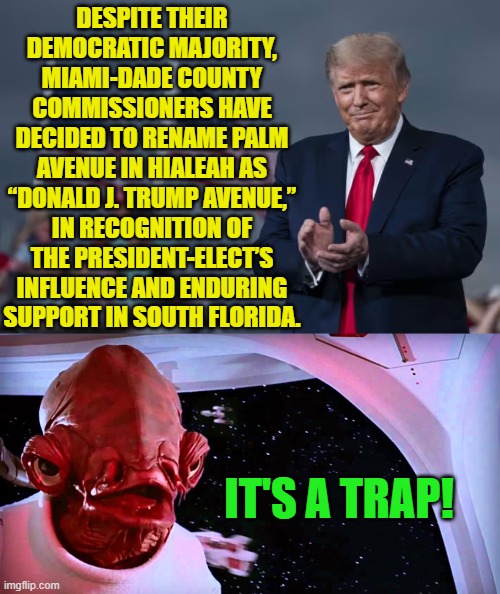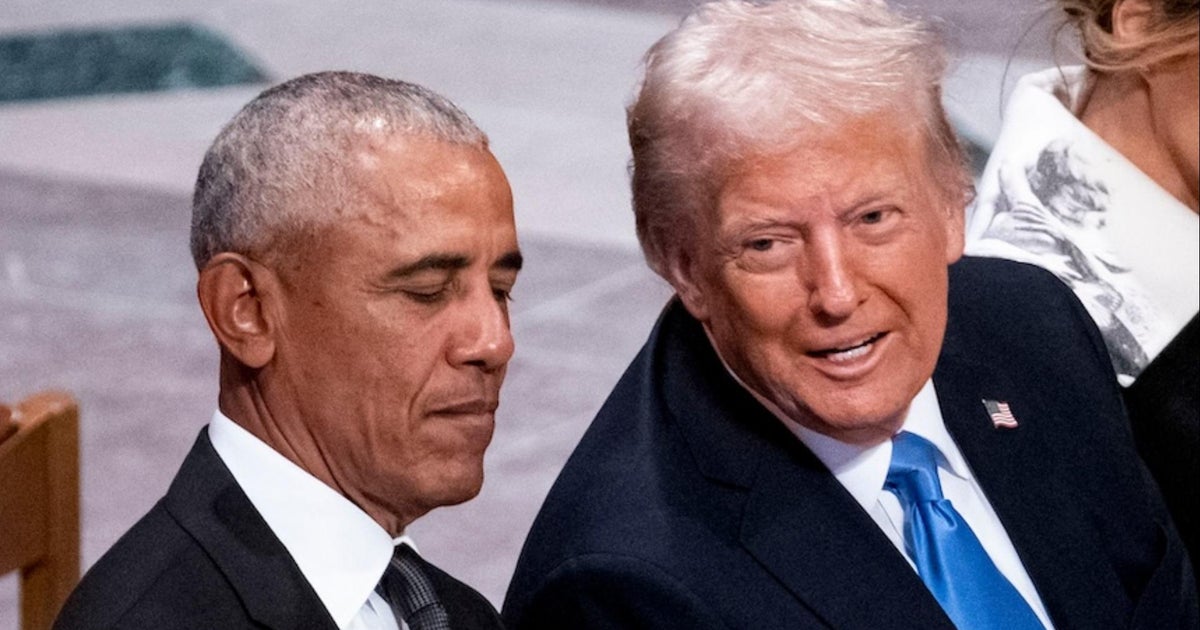
Trump’s Enduring Influence: How His Approach to Global Commerce Continues to Shape Markets
The global economic landscape is a dynamic entity, constantly being reshaped by political decisions and shifts in international relations. Among the most potent forces in recent years has been the distinctive approach to global commerce championed by former President Donald Trump. His policies, particularly those centered around tariffs and bilateral trade negotiations, have left an indelible mark, creating ripple effects that continue to influence markets, supply chains, and corporate strategies worldwide. Even beyond his presidency, the “Trump effect” on global trade remains a significant factor for businesses and investors to navigate.
The Tariff Tornado: A New Era of Trade Protectionism
President Trump’s signature policy was a dramatic shift towards protectionism, most notably through the widespread imposition of tariffs. This wasn’t just a minor adjustment; it was a fundamental challenge to the established norms of global trade. The objective was clear: to level the playing field for American industries, reduce trade deficits, and bring manufacturing jobs back to the United States.
- Broad Impact: Tariffs were levied on a wide array of goods, from steel and aluminum to products from China and other key trading partners. This move triggered retaliatory tariffs, creating a complex web of trade disputes.
- Supply Chain Disruptions: Businesses that relied on international sourcing found their cost structures suddenly altered. Many companies were forced to reassess their global supply chains, seeking alternative suppliers or even considering reshoring production to mitigate tariff impacts. This has led to a significant, ongoing shift in how goods are manufactured and distributed globally.
- Market Volatility: The uncertainty generated by these tariff actions contributed to periods of significant market volatility. Investors and corporations alike had to contend with the unpredictable nature of trade policy, making long-term planning more challenging.
Bilateral Bargaining: The Art of the Deal, Trump Style
Beyond tariffs, Trump’s foreign policy often prioritized bilateral agreements over multilateral frameworks. This “America First” philosophy translated into a preference for renegotiating existing trade deals and forging new ones on a country-by-country basis.
- NAFTA Renegotiation: The North American Free Trade Agreement (NAFTA) was famously renegotiated into the United States-Mexico-Canada Agreement (USMCA). This was presented as a victory for American workers, with updated provisions on labor, environmental standards, and automotive rules of origin.
- Focus on Trade Deficits: A core tenet of Trump’s negotiation strategy was to address perceived trade deficits. He frequently engaged in direct discussions with leaders of countries with significant trade surpluses with the U.S., aiming for concessions that would reduce these imbalances.
- Shifting Global Alliances: This transactional approach to trade diplomacy has, in some instances, strained traditional alliances while fostering new economic relationships. It has encouraged other nations to reconsider their own trade strategies and their positions within the global economic order.
The Enduring Legacy: What Trump’s Influence Means for Today’s Markets
The impact of Trump’s trade policies extends far beyond his time in office. The seeds of change he sowed have cultivated a new environment for global commerce.
- Increased Protectionist Sentiments: The success, however defined, of Trump’s tariff strategy has emboldened protectionist sentiments in other nations. Some countries have adopted similar measures, leading to a more fragmented global trading system.
- Reshaping Corporate Strategies: Companies are now more attuned to geopolitical risks and the potential for sudden trade policy shifts. This has led to a greater emphasis on supply chain resilience, diversification, and onshoring or nearshoring initiatives. For example, many CEOs are actively figuring out new rules for global commerce in the wake of these shifts.
- Focus on Market Access: The emphasis on bilateral deals has highlighted the importance of market access for businesses. Countries that can offer favorable terms and reduced trade barriers are increasingly attractive partners.
- Uncertainty as the New Normal: While the intensity of trade disputes may fluctuate, the underlying inclination towards more assertive trade policies remains. This means that businesses must continue to factor in a degree of strategic uncertainty when making investment and operational decisions.
Navigating the New Global Commerce
For businesses and investors, understanding Trump’s enduring influence on global commerce is crucial for strategic planning. His approach has fundamentally altered the playbook for international trade.
Key Takeaways for Your Business:
- Diversify Your Supply Chain: Reduce reliance on single sources or countries. Explore nearshoring and onshoring options to build greater resilience.
- Stay Informed on Trade Policy: Keep a close watch on evolving trade agreements, tariffs, and regulatory changes in key markets.
- Build Strong Bilateral Relationships: Foster direct connections with partners in different countries to better understand and navigate local trade landscapes.
- Embrace Agility: Develop the capacity to adapt quickly to shifts in trade policy and market conditions.
- Consider Geopolitical Risk: Integrate geopolitical analysis into your strategic decision-making, understanding how political dynamics impact economic opportunities.
Donald Trump’s presidency marked a significant turning point in global commerce. His assertive trade policies, characterized by tariffs and bilateral negotiations, have reshaped markets and continue to influence how businesses operate internationally. By understanding these lasting effects, you can better position your organization to thrive in this evolving global economic environment.

Additional Information
Trump’s Enduring Influence: How His Approach to Global Commerce Continues to Shape Markets
Donald Trump’s presidency may have concluded, but the ripples of his disruptive approach to global commerce continue to profoundly shape international markets, supply chains, and corporate strategies. His willingness to challenge established trade norms, coupled with a persistent focus on bilateral deals and protectionist measures, has left an indelible mark on the global economic landscape. Even with his potential return to the White House, businesses and governments are still grappling with the legacy of “Trumpfluence” and the enduring implications of his trade policies.
One of the most significant and readily apparent impacts of Trump’s tenure was the aggressive use of tariffs. As highlighted by Bloomberg and Moneycontrol, these tariffs, levied on key trading partners like China, were designed to address perceived trade imbalances and protect domestic industries. However, their “sudden trade moves” and “global tariff spree” also unleashed a “storm of trade actions that have disrupted international supply chains” and unsettled global markets. The financial news outlet emphasizes that these tariffs “have already hit global GDP, trade, and the US economy,” underscoring their widespread and tangible consequences.
This tariff-centric strategy forced a significant recalibration of global supply chains. Businesses, facing increased costs and the specter of further trade friction, began to re-evaluate their reliance on single-country sourcing. The Washington Post notes that “months of Trump’s tariffs are shifting supply chains,” prompting CEOs and foreign leaders to “scramble to figure out new rules for global commerce.” This ongoing diversification and regionalization of supply chains, driven by the unpredictability of trade policies, is a lasting legacy that continues to influence investment decisions and manufacturing locations.
Beyond tariffs, Trump’s broader economic philosophy fostered a sense of increasingly inward America and the potential end of US exceptionalism, as reported by the Financial Times. This sentiment has translated into a reshaping of corporate priorities, with many companies now factoring geopolitical risk and potential trade barriers into their long-term planning. Risk Business aptly captures this by coining the term “Trumpfluence,” suggesting a profound effect that has “reshaped corporate priorities, regulatory landscapes and international trade.”
The CNN Business report on how Trump “turned the tide in his trade war” by raising tariffs and securing agreements that were “largely cheering the agreements as victories” points to another facet of his influence: his ability to leverage economic pressure for political and commercial gains. This demonstrated willingness to disrupt the status quo, even in the face of international criticism, has set a precedent that other nations might consider emulating, further contributing to a more fragmented and transactional global trade environment.
Looking ahead, the potential implications of Trump’s trade policy for the “Global Economy 2025” are stark. Insights.exness.com suggests that his policies are “disrupting global markets, fueling volatility, and reshaping the global economy in 2025 with lasting consequences.” This volatility, driven by the unpredictable nature of his policy pronouncements and his emphasis on bilateral negotiations over multilateral agreements, creates an environment of uncertainty that can stifle investment and hinder long-term economic growth.
In conclusion, Donald Trump’s approach to global commerce, characterized by tariffs, a focus on bilateral deals, and a willingness to challenge established trade norms, has had a profound and enduring influence. The ongoing shifts in supply chains, the recalibration of corporate strategies in response to geopolitical risks, and the general increase in global trade volatility are all testaments to the lasting impact of his policies. As the world continues to navigate this altered economic landscape, understanding the principles and consequences of Trump’s trade doctrine remains crucial for comprehending the trajectory of global markets and international economic relations.






Leave a Reply